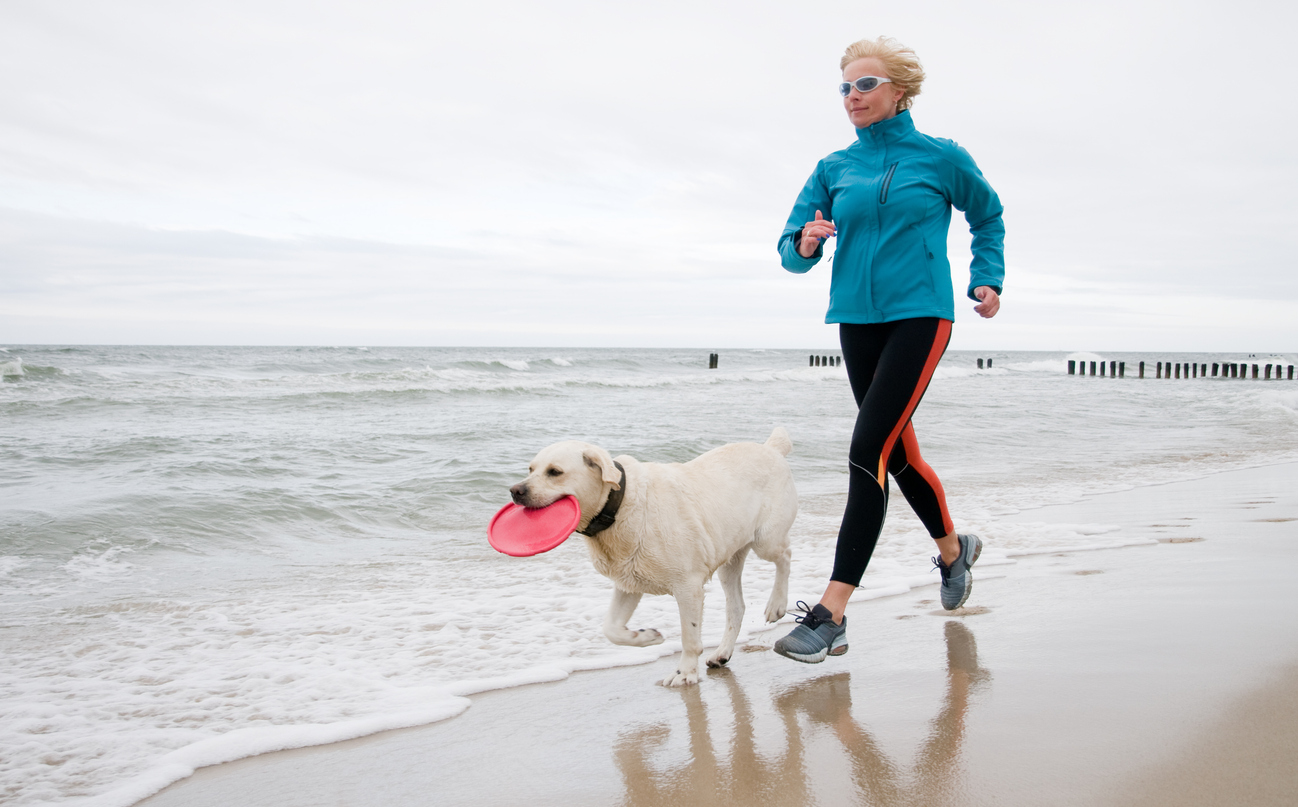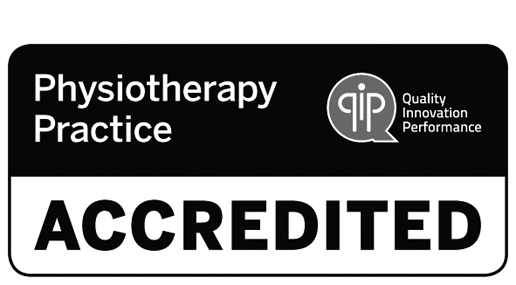Pelvic Organ Prolapse ~ An update on Evidence Based Conservative Management Approaches
Pelvic Organ Prolapse (POP) is an extremely common condition where one or more of the pelvic organs (such as the bladder, uterus, or bowel) descend from their normal position and bulge into the vagina due to weakness in the pelvic floor muscles (PFM) and connective tissues. POP is often classified by stages, ranging from Stage 1 (mild descent) to Stage 4 (complete eversion).1
50% of all those who have had a baby will experience POP with symptoms ranging from a sensation of vaginal bulge or dragging to heaviness in the pelvic area and low back ache. Difficulty emptying bladder and bowels, trouble getting to the toilet in time, or incontinence may also occur.
Understanding the stages, causes, management options, and the evolving evidence base is crucial for both health professionals and those navigating life with POP. This article explores key aspects of POP, from exercise to early intervention, and highlights the importance of personalised care and the strong evidence base that supports conservative management.
Causes and Risk Factors
Pelvic organ prolapse (POP) has a multifactorial aetiology involving both genetic and environmental factors. Key risk factors include:
- Pregnancy and vaginal childbirth: These can cause significant trauma to the pelvic floor muscles and connective tissues.
- Advancing age and menopause: Ageing leads to natural tissue weakening, and reduced oestrogen levels after menopause may impair collagen structure and pelvic support.
- Increased body mass index (BMI): Excess weight increases intra-abdominal pressure (IAP).
- Chronic constipation and activities that increase intra-abdominal pressure: Frequent straining, heavy lifting, chronic coughing, smoking, and physically demanding occupations (e.g., nursing) are contributing factors.
- Genetic predisposition: A familial pattern has been observed, and certain genetic variants (e.g., single-nucleotide polymorphisms) have been linked to a higher risk of POP.1
Importantly, not all people with these risk factors will develop prolapse, and symptom severity can vary significantly, even in those with similar clinical findings.
Pelvic Floor Muscle Training
Pelvic floor muscle training (PFMT) is the first-line, Grade A recommended treatment for prolapse by the International Continence Society, with Level 1A evidence supporting its effectiveness when prescribed by a trained practitioner based on an individual assessment.1
The PFM play a critical role in providing structural support to the pelvic organs and pelvic openings. When these muscles are weak, the levator hiatus widens and support for the pelvic organs is reduced. This places excessive force on the pelvic ligaments and fascia, leading to stretching and eventual tearing.
High-quality randomised controlled trials have found that supervised PFMT can increase muscle volume, close the levator hiatus, shorten muscle length, and elevate the resting position of the bladder and rectum, thereby improving symptoms and reducing the severity of pelvic organ prolapse (POP). Early intervention offers the best outcomes, and PFMT should be considered first-line treatment for women with, or at risk of, prolapse.2
Lifestyle Considerations
Lifestyle modification is another key conservative strategy. Addressing contributing factors such as constipation, straining, or certain types of physical exertion can improve symptom severity.
Common strategies include:
- Bowel management education to prevent straining
- Modifying high-impact activities to reduce pelvic load
- Training in safe lifting and movement patterns
These approaches empower women to live active, fulfilling lives without compromising pelvic health.
Exercise and POP: Rethinking Restrictions
Traditionally, high-impact exercise (e.g. running, weight lifting) has been discouraged in women with POP due to concerns about increased IAP weakening the pelvic floor. However, emerging research challenges this blanket approach.
A study by Forner et al.3 found that women lifting weights greater than 50 kg reported fewer POP symptoms than those lifting lighter weights (≤15 kg), and interestingly, inactive women had a higher proportion of POP symptoms. This supports the hypothesis that general exercise may strengthen the PFM and decrease levator hiatus dimensions, potentially reducing POP risk.9
Furthermore, everyday activities such as standing up from a chair or laughing generate higher IAP than some traditionally 'risky' exercises.4,5 The variation in IAP response between individuals during the same exercise also suggests that individualised assessment is key, and blanket restrictions may be overly cautious.
Running and POP
Running introduces unique mechanical demands, with the PFM required to absorb ground reaction forces. Recent postnatal return-to-running guidelines emphasise individual assessment, acknowledging that some women may have signs affecting their ability to run, even in the absence of overt pelvic floor dysfunction.⁶
Key objective indicators that may influence risk include:
- Levator avulsion
- Large levator hiatus
- ‘Ballooning’ of the genital hiatus and perineal body
- Weak PFM
- Higher BMI
- Stage 3–4 POP
- Increased age
A tailored, gradual return to running is recommended, guided by individual assessment and clinical reasoning.
Pessaries: Support for Activity
A vaginal pessary, often in ring or dish form, can be a valuable adjunct for women with POP who wish to remain active. It provides mechanical support to the vaginal walls, reduces symptoms, and may enhance the effect of PFMT.7 Pessaries are being increasingly utilised as a component of the biopsychosocial non-surgical management of POP, especially for those not wishing to pursue surgery, who have not completed childbearing, or are seeking to safely engage in higher-level physical activity.
Once the domain of gynaecologists and some GPs, pessaries are being increasingly provided by Pelvic Health Physiotherapists. In 2024 we wrote an article titled “How can we ensure competency standards in pessary management for POP” in conjunction with Specialist Pelvic Health Physiotherapist Dr Patricia Neumann. Dr Neumann, who has run a professional certificate in advanced POP management at the University of South Australia since 2018 has been a strong advocate for the development of competency standards for the use of pessaries as part of POP management.
Two of our pelvic health physiotherapists have completed this certificate and lead our ongoing professional development, ensuring we are adhering to the competency standards outlined in the article linked above.
Education, Reassurance, and Early Intervention
Women with POP often feel fearful, especially when influenced by misinformation or alarming anecdotes. Reassurance and education using non-threatening language can significantly reduce distress and symptom perception, and boost self-confidence.
Early intervention plays a crucial role. Identifying and addressing early signs of POP, such as heaviness or pressure, allows timely referral and effective management, preventing progression and enhancing quality of life.
Clinically, there is also a noted correlation between high stress or anxiety levels and increased symptom reporting. While this link remains under-researched, supporting mental well-being may contribute to better outcomes.
Balancing Health Guidelines and POP Management
Australian exercise guidelines recommend:8
- 2.5 to 5 hours of moderate intensity activity per week
- 1.25 to 2.5 hours of vigorous intensity activity
- Strength training at least twice a week
Postmenopausal women, particularly those with osteopenia or osteoporosis, are encouraged to participate in high-intensity and resistance training to stimulate bone tissue adaptation.
Bø et al.9 note “the pelvic floor in women may be the only area of the body where the positive effect of physical activity has been questioned.” This highlights the importance of moving away from fear-based exercise restriction and towards a more evidence-informed, empowering approach.
Clinical Takeaways
POP is a complex condition influenced by multiple factors. Conservative management including PFMT, lifestyle modification, pessaries, and personalised exercise advice is highly effective for many women. The evolving evidence challenges outdated views on exercise and empowers women to maintain active, healthy lifestyles without compromising pelvic floor health.
Supporting early education, reducing fear, and recognising individual differences in risk can lead to better outcomes. POP should not be a barrier to movement, but rather an opportunity to rethink, retrain and re-engage with the body in a confident and informed way.
References
1. Abrams, P., Cardozo, L., Wagg, A., & Wein, A. (Eds.). (2023). Incontinence: 7th International Consultation on Incontinence, Tokyo, September 2022. International Continence Society. https://www.ics.org/publications/ici_7/
2. Hagen, S., Glazener, C., McClurg, D., MacArthur, C., Elders, A., Herbison, P., Wilson, D., Toozs-Hobson, P., Hemming, C., Hay-Smith, J., Collins, M., Dickson, S., & Logan, J. (2017). Pelvic floor muscle training for secondary prevention of pelvic organ prolapse (PREVPROL): A multicentre randomised controlled trial. The Lancet, 389(10067), 393–402. https://doi.org/10.1016/S0140-6736(16)32109-2
3. Forner, L. B., Beckman, E. M., & Smith, M. D. (2020). Symptoms of pelvic organ prolapse in women who lift heavy weights for exercise: A cross-sectional survey. International Urogynecology Journal, 31, 1551–1558. https://doi.org/10.1007/s00192-020-04284-2
4. Coleman, T. J., Nygaard, I. E., Holder, D. N., Egger, M. J., & Hitchcock, R. (2015). Intra-abdominal pressure during Pilates: Unlikely to cause pelvic floor harm. International Urogynecology Journal, 26(8), 1123–1130. https://doi.org/10.1007/s00192-014-2657-z
5. O’Dell, K. K., Morse, A. N., Crawford, S. L., et al. (2007). Vaginal pressure during lifting, floor exercises, jogging, and use of hydraulic exercise machines. International Urogynecology Journal, 18, 1481–1489. https://doi.org/10.1007/s00192-007-0334-1
6. Donnelly, G., Brockwell, E., & Goom, T. (2020). Return to running postnatal – guidelines for medical, health and fitness professionals managing this population. Physiotherapy, 107(1), e188–e189. https://doi.org/10.1016/j.physio.2020.03.382
7. Bø, K., Majida, M., & Engh, M. E. (2012). Does a ring pessary in situ influence the pelvic floor muscle function of women with pelvic organ prolapse when tested in supine? International Urogynecology Journal, 23(5), 573–577. https://doi.org/10.1007/s00192-011-1616-7
8. Australian Government Department of Health. Physical activity and exercise guidelines for adults. Available from: https://www.health.gov.au/health-topics/physical-activity-and-exercise/physical-activity-and-exercise-guidelines-for-all-australians/for-adults-18-to-64-years
9. Bø, K., & Nygaard, I. E. (2020). Is physical activity good or bad for the female pelvic floor? A narrative review. Sports Medicine, 50, 471–484. https://doi.org/10.1007/s40279-019-01243-1





